| Component Category | Component | Description | Function |
|---|---|---|---|
| Hardware Components | Touchscreen Display | User interface for selecting services/products and payment options | Enables users to interact with the kiosk and complete transactions |
| Card Reader/EMV Terminal | Device for reading credit/debit cards (chip, swipe, or contactless) | Facilitates secure card transactions for online payments | |
| NFC/RFID Reader | Reader for mobile wallets (e.g., Apple Pay, Google Pay) | Enables contactless payments through mobile devices | |
| Receipt Printer | Prints receipts for completed transactions | Provides a physical record of the online payment | |
| Barcode/QR Code Scanner | Scans barcodes/QR codes for product identification or payment | Allows quick access to payment portals or product details | |
| Enclosure/Casing | Protective structure housing all components | Ensures durability and security of the kiosk | |
| Software Components | Operating System (OS) | The underlying software platform that runs the kiosk | Manages hardware operations and enables software functionality |
| Payment Gateway Integration | Secure connection to online payment processors | Handles payment authorization and processing | |
| User Interface (UI) Software | Customizable software that guides users through the payment process | Provides a seamless and user-friendly experience | |
| Security Software | Protects transaction data and prevents unauthorized access | Ensures compliance with security standards (e.g., PCI-DSS) | |
| Connectivity & Networking | Internet Connection | Wired (Ethernet) or wireless (Wi-Fi, 4G/5G) connection | Facilitates real-time online payment processing and remote management |
| Remote Management Software | Tool for monitoring and updating kiosk software remotely | Allows for maintenance, software updates, and troubleshooting | |
| Backup Power Supply (UPS) | Battery backup system for uninterrupted operation | Ensures the kiosk remains functional during power outages | |
| Peripherals (Optional) | Camera | Captures images for security or user verification | Enhances security and supports identity verification |
| Speakers | Provides audio feedback or instructions to users | Enhances user experience with voice prompts and confirmations | |
| Digital Signage | Displays advertisements or additional information | Maximizes kiosk utility by offering promotional content | |
| USB Ports | Allows connection of additional peripherals or devices | Expands functionality with external devices |
Quick Bill Payments: Ideal for paying utility bills, phone bills, or other recurring expenses in public places like malls or service centers, providing a fast and convenient option for customers.
Ticket Purchases: Perfect for buying tickets for public transportation, events, movies, or amusement parks, offering a self-service alternative that reduces wait times.
Retail Checkouts: Useful in retail stores for processing purchases, allowing customers to pay with cards or mobile wallets, reducing the need for cash handling.
Parking Payments: Convenient for paying parking fees at garages or parking lots, enabling quick transactions without the need for a cashier.
Hotel Check-In/Check-Out: Facilitates self-service check-ins and check-outs at hotels, allowing guests to settle bills online and avoid front desk queues.
Self-Service Ordering: Useful in fast food restaurants or cafeterias where customers can order and pay for their meals directly at the kiosk, speeding up service and reducing staff workload.
Government Services: Efficient for paying fines, renewing licenses, or completing other government-related transactions in public offices, providing a hassle-free, cashless option.
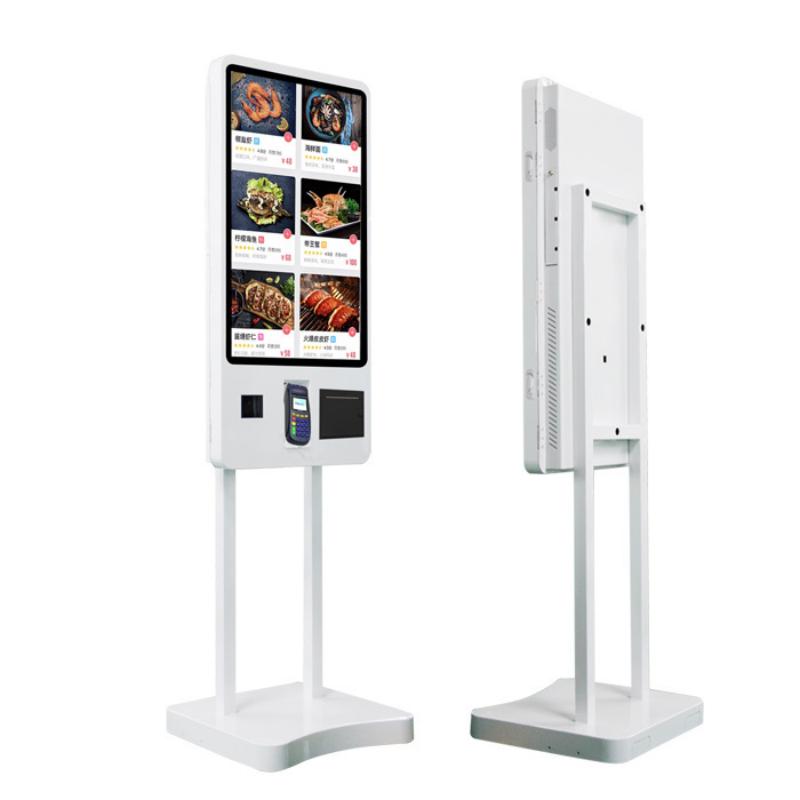
Convenience: Offers a quick and easy way for users to complete transactions without waiting in line, accessible 24/7 in various locations.
Efficiency: Speeds up the payment process by reducing manual handling and minimizing errors, improving overall service efficiency.
Cost Savings: Reduces labor costs by automating payment processing, allowing businesses to reallocate staff to other tasks.
Enhanced Security: Provides a secure environment for transactions, with encrypted payment gateways that protect user data and reduce the risk of theft.
Improved Customer Experience: Delivers a smooth, user-friendly interface that enhances customer satisfaction, encouraging repeat usage.
Multichannel Payment Options: Supports various payment methods, including credit/debit cards, mobile wallets, and online banking, catering to diverse customer preferences.
Real-Time Transaction Processing: Facilitates immediate payment confirmation and reduces delays, ensuring seamless service for both customers and businesses.
Data Collection and Analytics: Captures transaction data for analysis, helping businesses understand customer behavior and optimize operations.
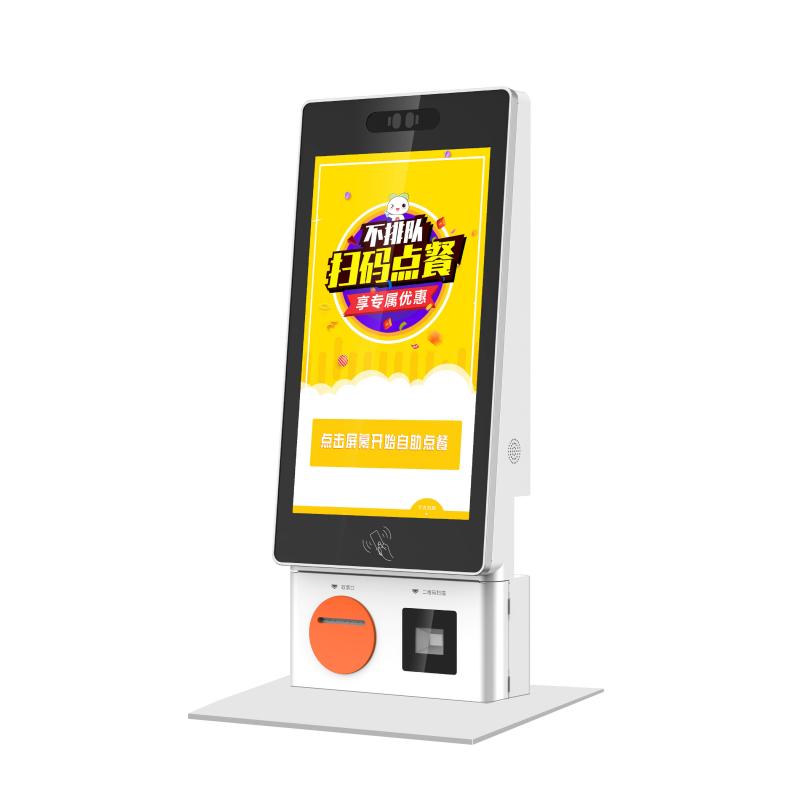
Price:Standard Kiosk Online Payment Systems: Prices generally range from $3,000 to $10,000 depending on features, hardware quality, and customization options. Advanced/Customized Systems: Systems with more advanced features like multi-payment methods, larger touchscreens, or weather-resistant enclosures can cost between $10,000 to $15,000 or more. Additional Costs: Consider the costs for installation, software licensing, maintenance, and ongoing support, which may add to the initial investment. | Return on Investment (ROI):Labor Cost Savings: Automating payment processes reduces the need for additional staff, leading to significant labor cost savings. Increased Efficiency: Faster transactions can lead to higher customer throughput, potentially increasing sales and reducing queues. Customer Satisfaction: Improved customer experience through quick and secure payments can drive repeat business and customer loyalty. Data Insights: The ability to collect and analyze transaction data helps optimize operations, leading to better decision-making and marketing strategies. Scalability: The ability to deploy multiple kiosks across different locations can amplify the benefits and spread the initial investment cost over a larger revenue base. |
1. Identify Business Needs: Assess your specific needs, including the types of payments to be processed (e.g., bills, retail purchases, tickets), expected transaction volume, and the desired features (e.g., multi-payment options, receipt printing, remote management).
2. Set a Budget: Determine your budget, including the initial cost of the kiosk, installation, software, and any ongoing maintenance or support costs.
3. Research Vendors: Research reputable kiosk manufacturers and suppliers. Look for those with experience in online payment systems, positive customer reviews, and a history of delivering reliable products.
4. Request Proposals and Quotes: Contact multiple vendors to request proposals and detailed quotes. Compare their offerings based on cost, features, customization options, and after-sales support.
5. Evaluate Features and Customization: Ensure that the kiosk system offers the necessary features, such as secure payment gateways, user-friendly interfaces, and robust security measures. Consider customization options that align with your brand and business requirements.
6. Check Compliance and Security: Verify that the kiosk complies with relevant security standards (e.g., PCI-DSS) and local regulations. Ensure that the payment gateway is secure and that the system can handle sensitive customer data safely.
7. Make a Purchase Decision: After evaluating all factors, select the vendor that offers the best value for your business. Finalize the purchase, including any customization details, installation requirements, and support agreements.
8. Install and Configure: Work with the vendor to install and configure the kiosk at your desired location(s). Ensure that all hardware and software components are properly set up and tested before going live.
9. Train Staff and Go Live: Provide training to staff on how to manage and maintain the kiosk. Once everything is in place, launch the kiosk for customer use.
10. Monitor and Optimize: After deployment, regularly monitor the kiosk's performance. Collect data on usage, troubleshoot any issues, and optimize the system based on customer feedback and business needs.

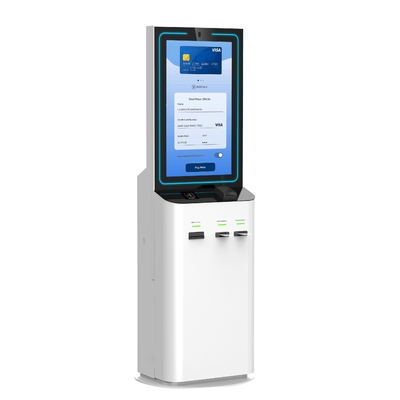
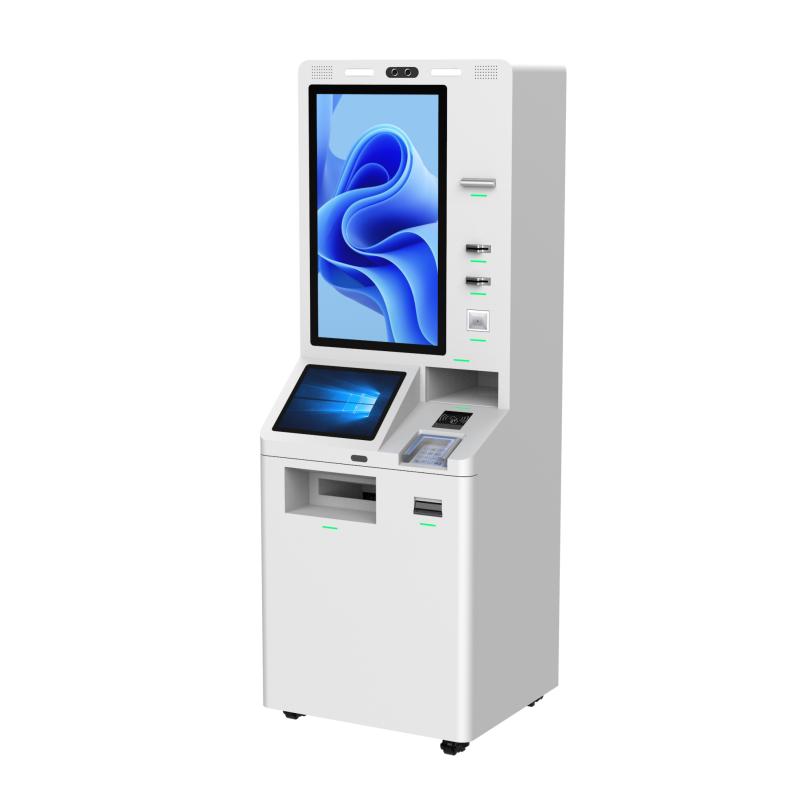
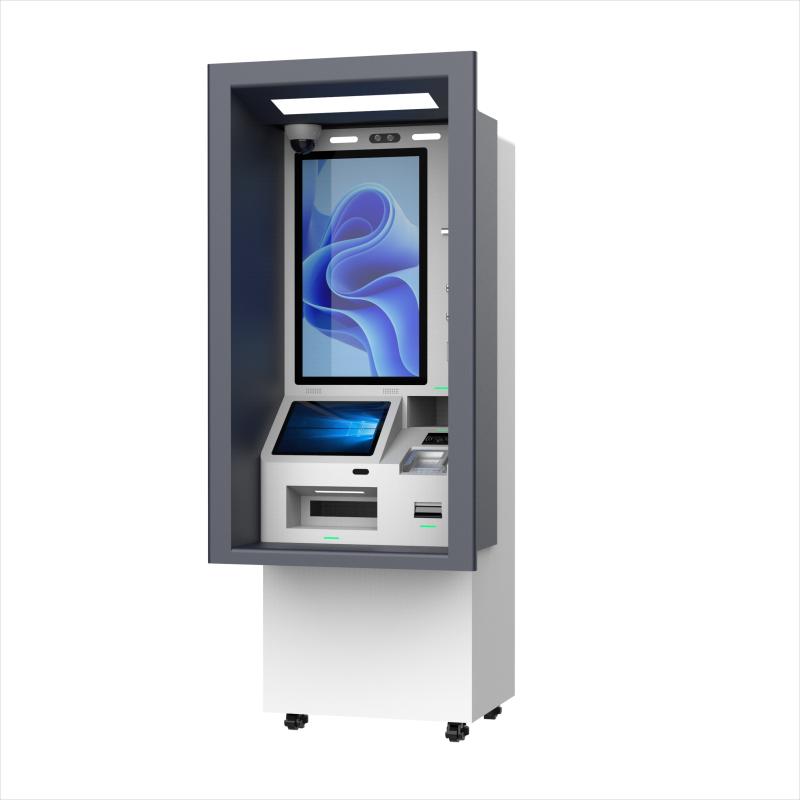
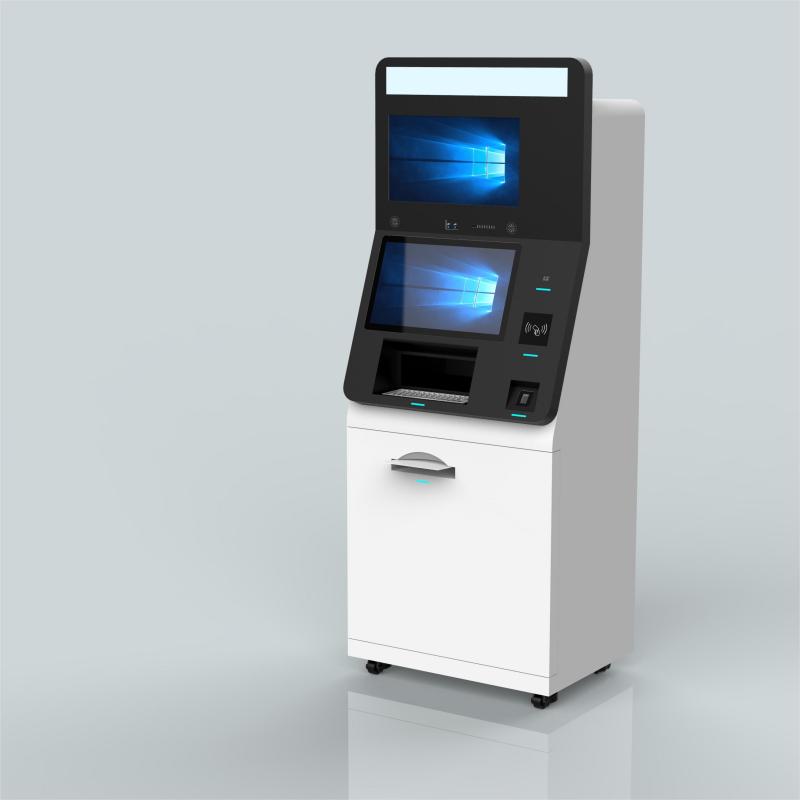

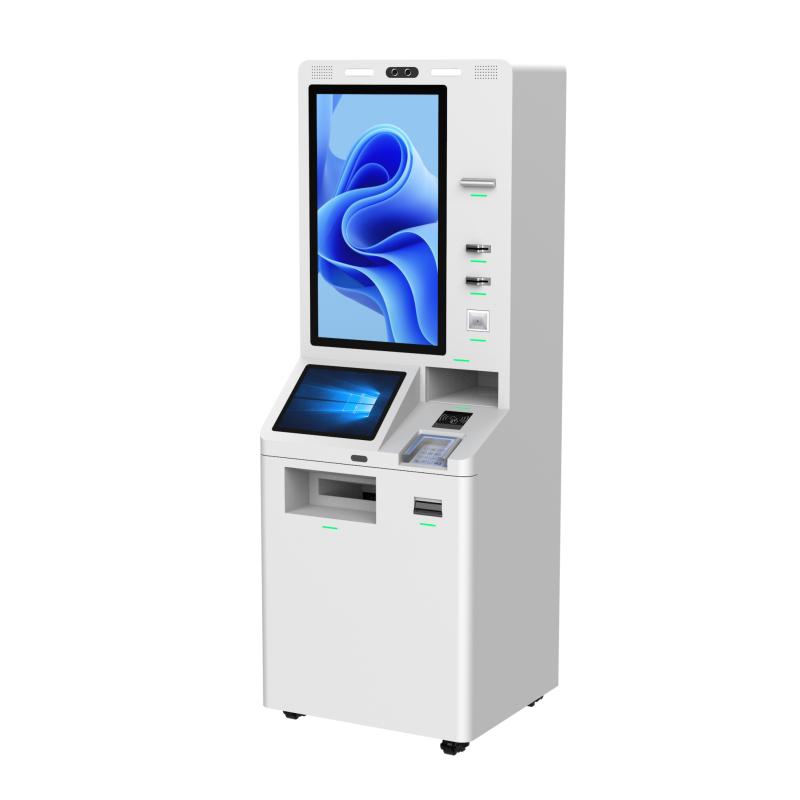

What did our happy clients say?
The kiosk online payment system we purchased is amazing! It’s fast, secure, and has made transactions so much smoother for our customers. Huge thanks to the manufacturer for their excellent service—highly recommended!
We’re thrilled with our new kiosk online payment system. It’s streamlined our payment process and customers love the convenience. Thanks to the manufacturer for delivering such a quality product. We highly recommend them!
Our business has greatly benefited from the kiosk online payment system. It’s user-friendly, reliable, and has improved customer satisfaction. Many thanks to the manufacturer for their outstanding support. Definitely recommend!
The kiosk online payment system has exceeded our expectations. It’s efficient, secure, and has enhanced our customer experience. Thank you to the manufacturer for their top-notch service. We highly recommend them!